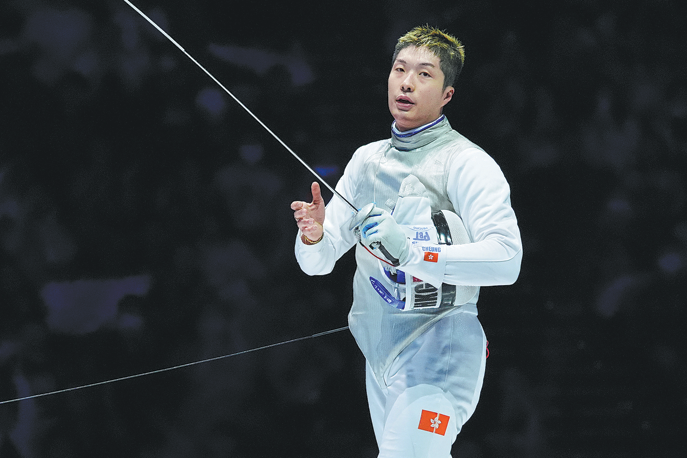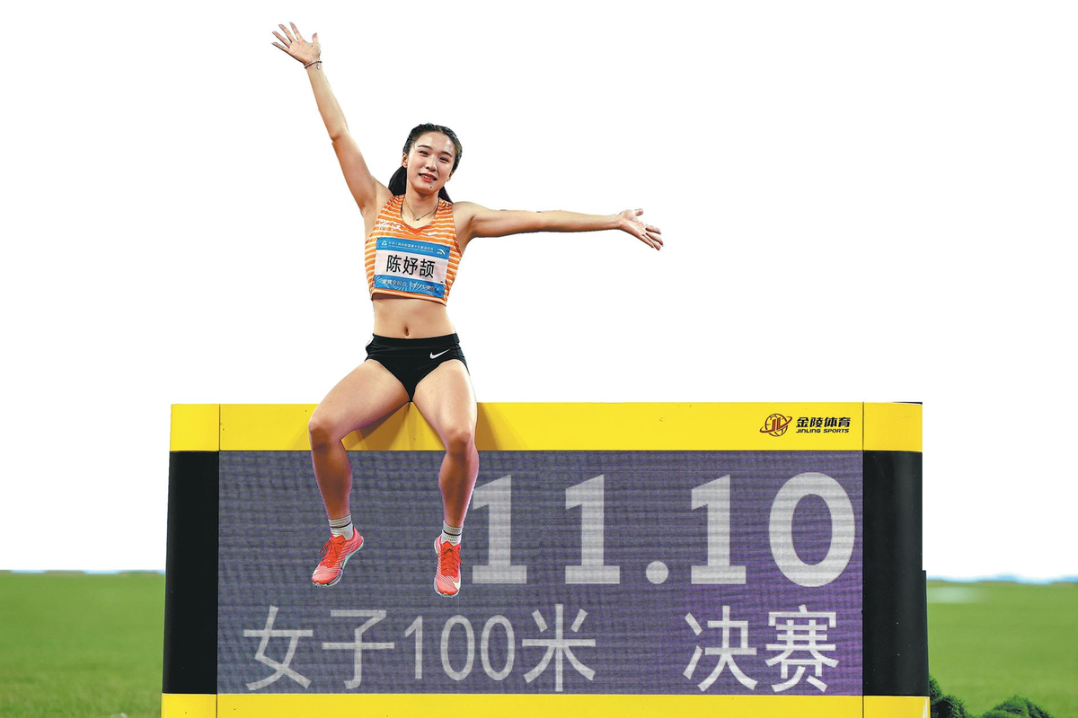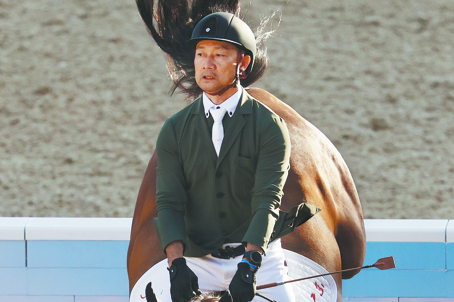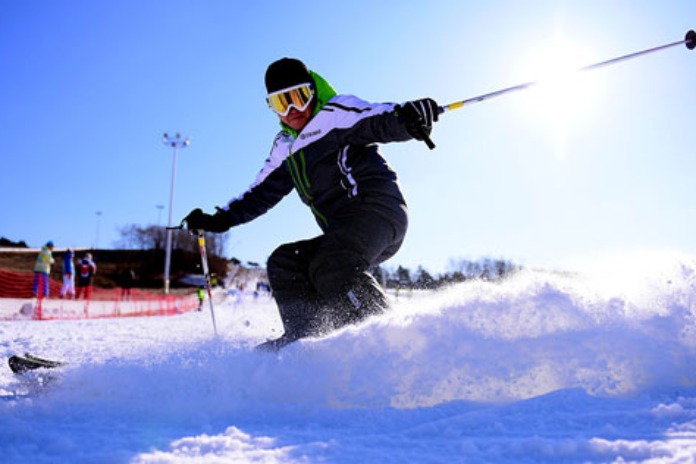Investing in a fitter future
New national guideline outlines way forward for development of public sports facilities

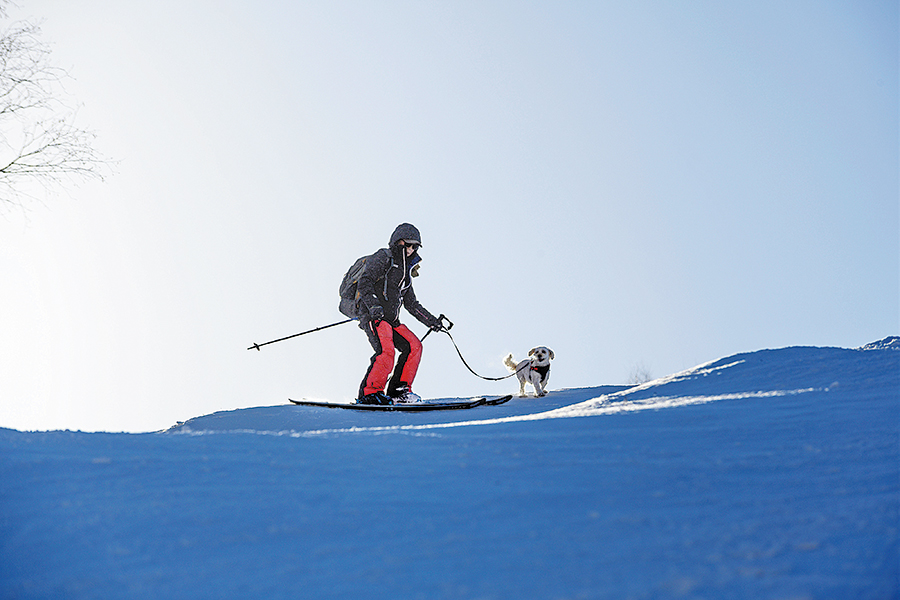
Inspired by the success of the Beijing Winter Olympics, China's central government has called on the country's sports, economic planning and education authorities to upgrade public sports and fitness services.
With Chinese athletes' impressive performances at February's Games indicative of the huge strides made by the nation's sports sector in recent years, a new national guideline to develop a robust public service system to support the mass fitness campaign is designed to make sports participation more popular, accessible and affordable.
Issued by the State Council, China's cabinet, on March 23, the guideline features 29 reform measures covering eight aspects, including planning and development of new sports facilities, management of large-scale sports venues, and the allocation of government funding.
The cumulative effect will be to help sports governing bodies, urban planners, NGOs and businesses to upgrade services and products, and ultimately encourage more people to lead healthier and more active lives.
As a highlight of the guideline, local governments and property owners are encouraged to avoid building any new large-scale multifunction sports complexes if they are not intended for hosting major sporting events.
Preferential policies, such as tax cuts and financial support, will be implemented for developing cheap and accessible sports facilities in communities, city parks and urban squares, aiming to hit a target of 2.6 square meters per capita area for sports grounds by 2025, up from 2.41 sqm at the end of last year.
China currently has 3.97 million sports facilities and venues, covering a total area of 3.41 billion sqm, while the goal is to increase the total area to 3.64 billion sqm by 2025, laying the foundation for 38.5 percent of the population to exercise regularly (three times a week at moderate intensity), according to the General Administration of Sport of China.
"The development of sports facilities in our country has progressed leaps and bounds in the past few years, but still it's far from enough," Li Jianming, a deputy director of the GASC, said at a Wednesday news briefing.
"Together with urban planning and natural resource management departments, we should explore the potential for building new entry-level sports facilities close to residential areas during initial development or renovation projects," he said.

Funded by the central government, 2,000 sports parks will be built across the country while 5,000 mass fitness centers in rural areas will be refurbished or renovated by 2025, Li added.
To maximize the potential of permanent large-scale sports venues, such as those built for the Olympics, projects for post-Games operations, transforming venues for multifunctional use, and public open programs will be encouraged and funded, according to the National Development and Reform Commission, China's economic planning body.
"We have to better address the operational challenge for large sports venues after they host major one-off events. A lot of them had been sitting idle due to their impractical design, remote location and high operational costs," said Zhao Chenxin, secretary-general of the commission.
Zhao stressed that the focus during the 14th Five-Year Plan period (2021-25) should be on building exercise facilities within a 15-minute walk of local residents, developing eco-friendly outdoor sports destinations and so-called "smart venues "enhanced by modern technologies.
As required by the guideline, the Ministry of Education will work with local public security authorities and insurance service providers to open school campuses, gyms and playgrounds to local residents during after-school hours and public holidays.
Such measures will greatly benefit communities, offering them sports facilities previously only available to students, said Hao Fenglin, head of the ministry's department of physical education, health and arts.
"At the same time, we'd discuss with the sports department and relevant bodies to open public and commercial sports venues to students for free or with low fees to get children active as well after school," said Hao.
To stimulate greater enthusiasm in sports participation, especially among young people, China's Olympic program and professional sports teams will arrange more activities that engage the public. These will incorporate community outreach programs so the country's sports stars can share their stories, offer exercise tips and interact with fans more frequently, added Li, a GASC deputy director.
Most Popular
- 'Asian Flying Man' hangs up his boots
- Tiny Curacao on top of the world
- A point to prove: Cheung elated after finally winning Games gold
- Setting the pace for the next generation
- Coach Chan eyes new goals after leading Jiangsu women to Games gold
- Scotland stuns Denmark with late rally


















